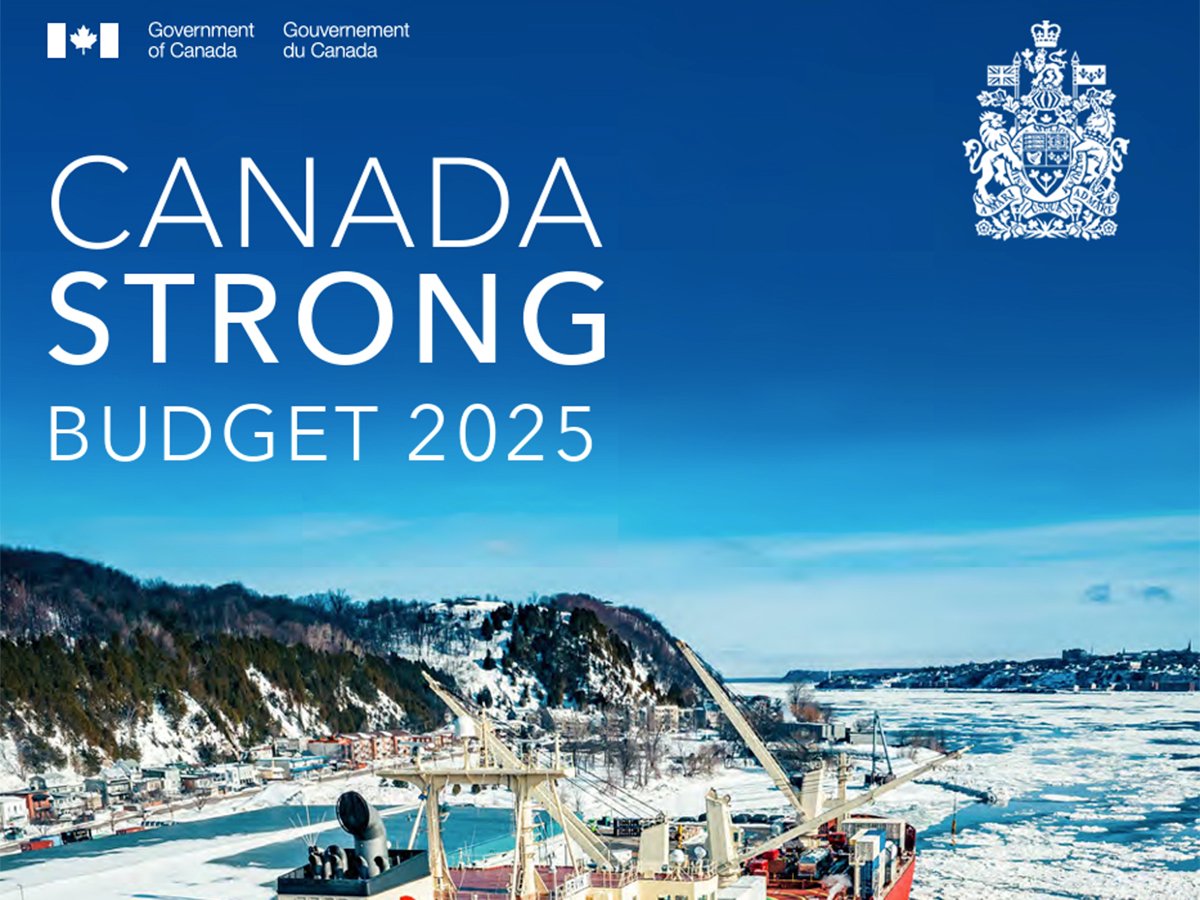IN ROOM 371 of Parliament Hill’s West Block, the NDP caucus meets every week and the front wall contains photos of the party’s illustrious leaders.
Physically, the photo of M.J. Coldwell hangs beside the photo of T.C. Douglas. But in chronology, there is a missing leader.
The leader missing from Room 371 is the teaser for this column marking the launch of the centenary celebrations for Saskatchewan and Alberta’s entry into Confederation. Following are a few historical political trivia questions about the two provinces.
Let’s start with an easy one about that prairie creation, the CCF-NDP, and end with the missing leader question.
Read Also

Budget seen as fairly solid, but worrying cracks appear
The reaction from the agriculture industry to prime minister Mark Carney’s first budget handed down November 4th has been largely positive.
Question 1: Where did the socialist CCF hold its founding convention? The Regina Manifesto of 1935 first attracted attention for the party, but was Regina its birthplace?
Question 2: How many national party political leaders have led their party from a House of Commons seat representing Alberta?
Question 3: how many national political party leaders have represented Saskatchewan ridings in the Commons while they were national leaders?
Answers, please.
The first CCF convention was in Calgary in 1932. Albertans increasingly were unhappy with a political and economic system that seemed to favour eastern bankers and their manufacturer friends and were trying to decide whether to take the populist right or left turn in the road.
In 1935, Albertans made their choice, embarking on a march that has made the province the birthplace of a distinctly Canadian brand of conservativism.
Which leads to the national parties whose leaders the province has hosted. All have been conservative or Conservative.
There have been five: R.B. Bennett, Depression-era Tory prime minister from Calgary; Robert Thompson of the Social Credit party; Joe Clark, another Tory; Preston Manning of Reform and Stephen Harper of the Canadian Alliance and now the Conservative party.
Saskatchewan’s national leader total is four, three that are obvious and generally recognized and one who is rarely recognized or acknowledged. Another two are often wrongly attributed to Saskatchewan.
First, the obvious trio: Liberal William Lyon Mackenzie King represented Prince Albert in the Commons 1926-1945, Coldwell led the CCF for almost two decades until 1960 and John Diefenbaker was Progressive Conservative leader from 1956-67 and prime minister for six of those years.
Two that are not on the list but often are assumed to be are T.C. Douglas, who led the federal NDP for a decade until 1971 but always from a seat in British Columbia, and Sir Wilfrid Laurier, who was elected once in Prince Albert but never represented the city in the Commons. In those days, leaders ran in several seats to make sure they won one. Laurier ran and won in various places but always sat in the Commons as MP for QuŽbec-Est.
But wasn’t there something about a forgotten national leader from Saskatchewan?
Hazen Argue, a firebrand CCF MP from southern Saskatchewan who in 1962 abandoned the party for the Liberals and later a Senate seat and cabinet post, was the last CCF national leader, filling the void between Coldwell and Douglas, 1960-61.
NDPers who know the story usually refuse to acknowledge the historic place of Argue in the cause.














